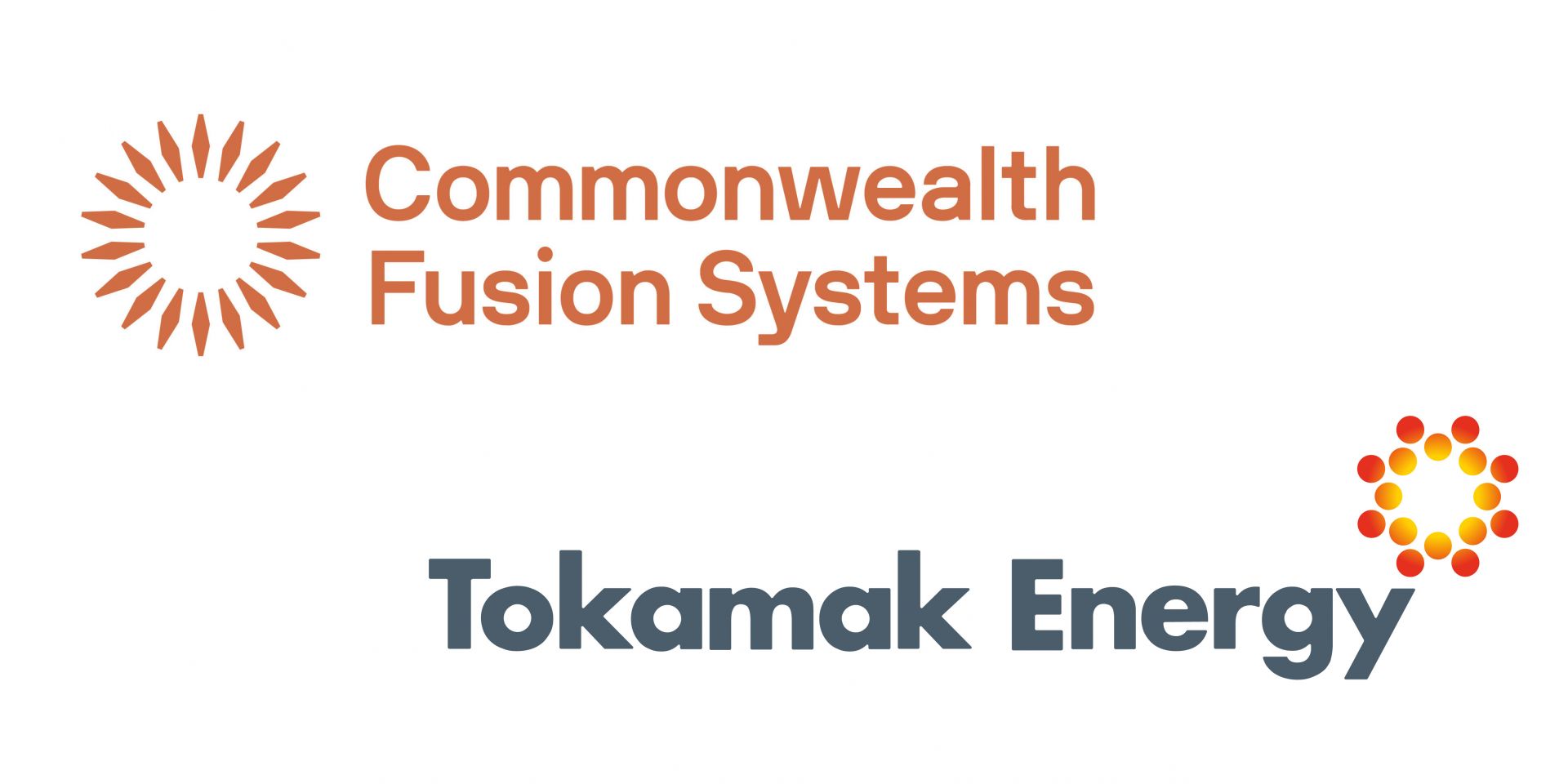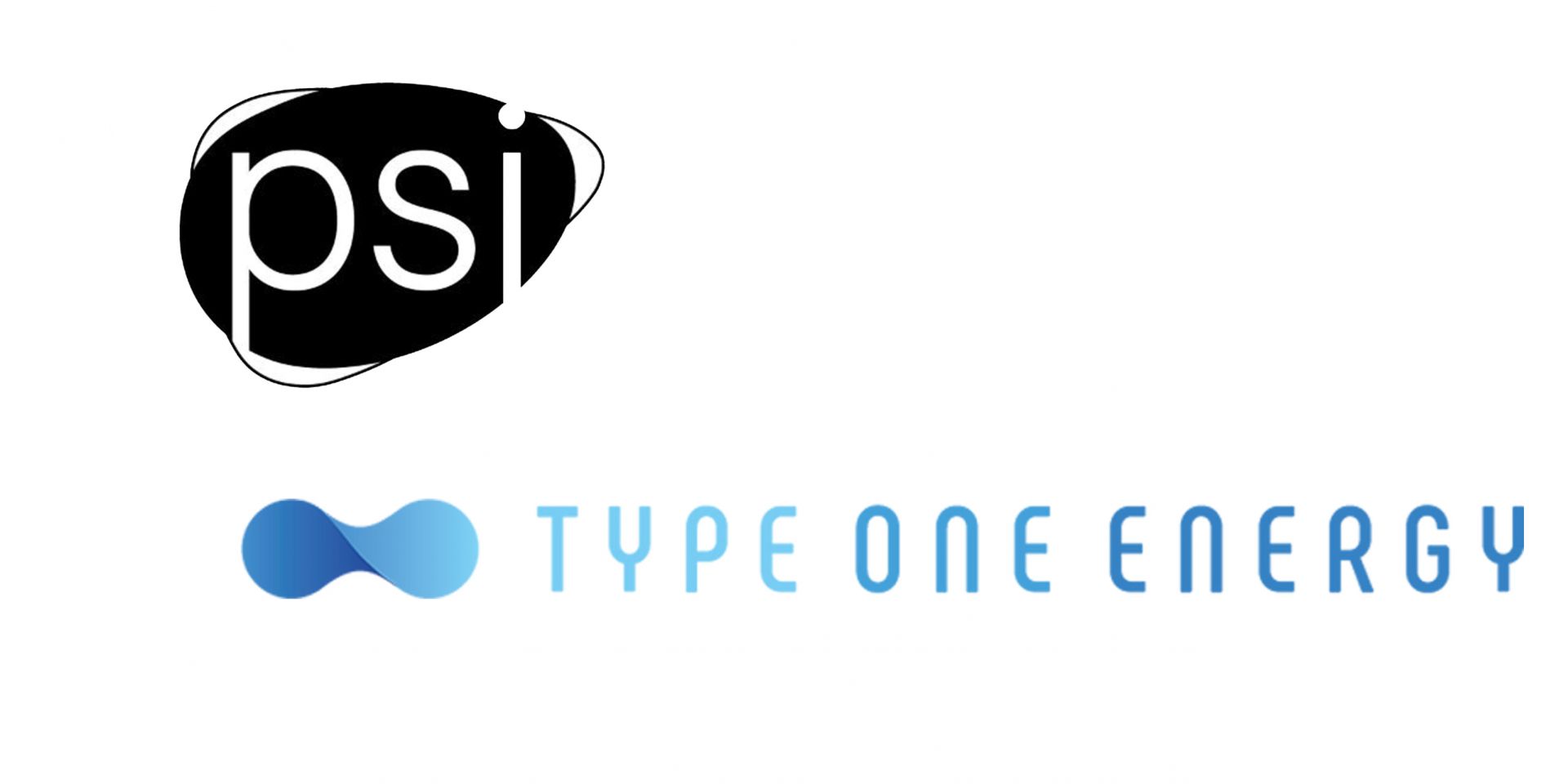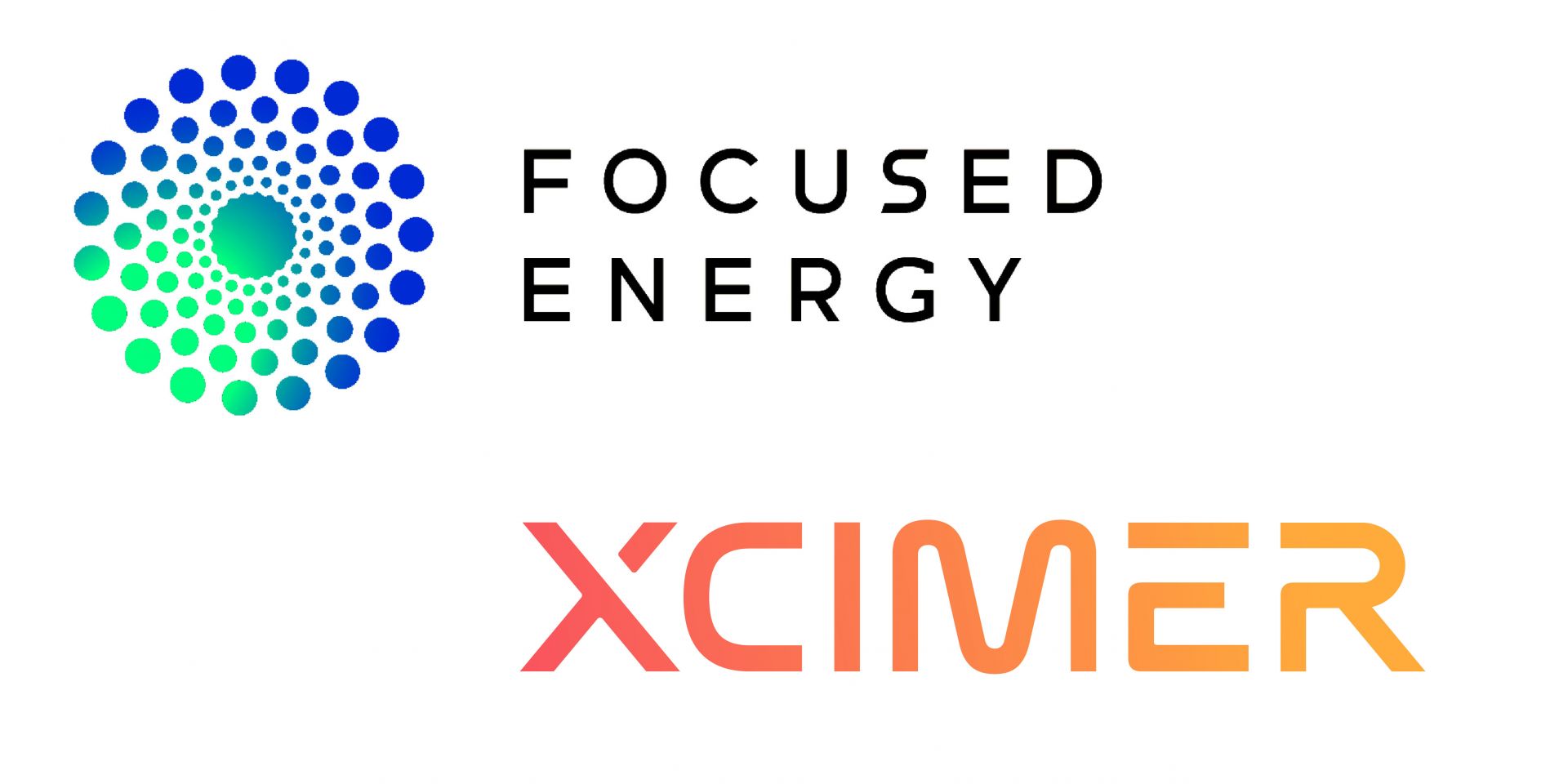PCAT is prepared for transport from INL to Pennsylvania for testing. (Photo: INL)
As global concerns about climate change and energy sustainability intensify, the need for cleaner and more efficient energy sources is more critical than ever. Nuclear power consistently emerges as an important part of the solution, driving the development of innovative technologies. While numerous fission technologies were built and proven in the early days of nuclear energy, times and regulations have changed. Between the 1950s and mid-1970s, Idaho National Laboratory built 52 reactors—then paused for five decades. Can this nation return to the frontier once again, embarking on new fission technologies? With a mature regulatory environment and increasing public support, how quickly can a new non–light water system be deployed in modern times?
General Fusion’s current plasma injector (PI3) is the 25th in a series of prototypes developed by the company. (Photo: General Fusion)
General Fusion announced on August 9 that it will build a fusion machine called Lawson Machine 26 (LM26) at the company’s new headquarters in the city of Richmond, British Columbia, near Vancouver. The machine is intended to achieve fusion conditions of over 100 million degrees Celsius by 2025 and progress toward scientific breakeven by 2026 to support the company’s vision of commercial fusion energy by the early to mid-2030s.
Thorium Energy Alliance Tours the INE Generation Facility, Talnique, El Salvador
15 years into an epic journey to realize the potential of the most abundant and safest nuclear fuel and critical material known to man. Thorium Energy Alliance (T.E.A.) has made world changing progress in reviving the many uses of thorium and its allied companion elements.
Concept art showing Project Harmonia’s RSG for lunar surface missions. (Image: Zeno Power)
NASA has selected 11 companies, including Zeno Power, to develop technologies that could support long-term exploration on the moon and in space. The technologies range from lunar surface power systems to tools for in-space 3D printing, which will expand industry capabilities for a sustained human presence on the moon through the Artemis program, as well as other NASA, government, and commercial missions.
Upgrades to the particle accelerator enabling the record 1.7-MW beam operating power at the ORNL’s SNS included adding 28 high-power radio-frequency klystrons (red tubes) to provide higher power for the accelerator. (Photo: Genevieve Martin/ORNL)
The Spallation Neutron Source (SNS) at the Department of Energy's Oak Ridge National Laboratory set a world record when its particle accelerator beam operating power reached 1.7 MW, an improvement on the facility’s original design capability of 1.4 MW, ORNL announced on July 21. That higher power provides more neutrons for researchers who use the Office of Science user facility for materials science investigations.
ORNL has developed an automated metrology system to produce Pu-238 pellets. (Photo: ORNL)
The Department of Energy recently shipped half a kilogram of plutonium oxide pellets from Oak Ridge National Laboratory to Los Alamos National Laboratory, the agency announced July 18, marking the largest such shipment since the DOE restarted domestic plutonium-238 production over a decade ago.
A view through the 20-cm disk amplifiers of the OMEGA laser at the University of Rochester’s Laboratory for Laser Energetics. (Photo: University of Rochester/J. Adam Fenster)
Proponents of inertial fusion energy celebrated in December 2022, when researchers at the National Ignition Facility at Lawrence Livermore National Laboratory achieved fusion ignition by subjecting a carefully crafted diamond cryogenic sphere containing frozen deuterium-tritium fuel to NIF’s laser energy. NIF has yet to repeat the feat, in part because that facility was not designed to produce fusion energy, and ignition requires near-perfect targets. For inertial fusion energy to serve as a reliable power source, it will require swift, reliable, and economic target production.
SHINE Technologies founder and CEO Greg Piefer shows the hot cell banks that will be used to produce Lu-177. (Image: SHINE)
Fusion tech company SHINE Technologies announced that it is opening the largest facility in North America dedicated to the production of non-carrier-added lutetium-177, a medical isotope used in targeted cancer therapies.

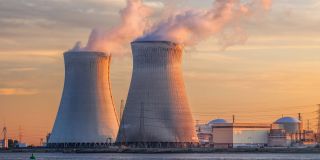

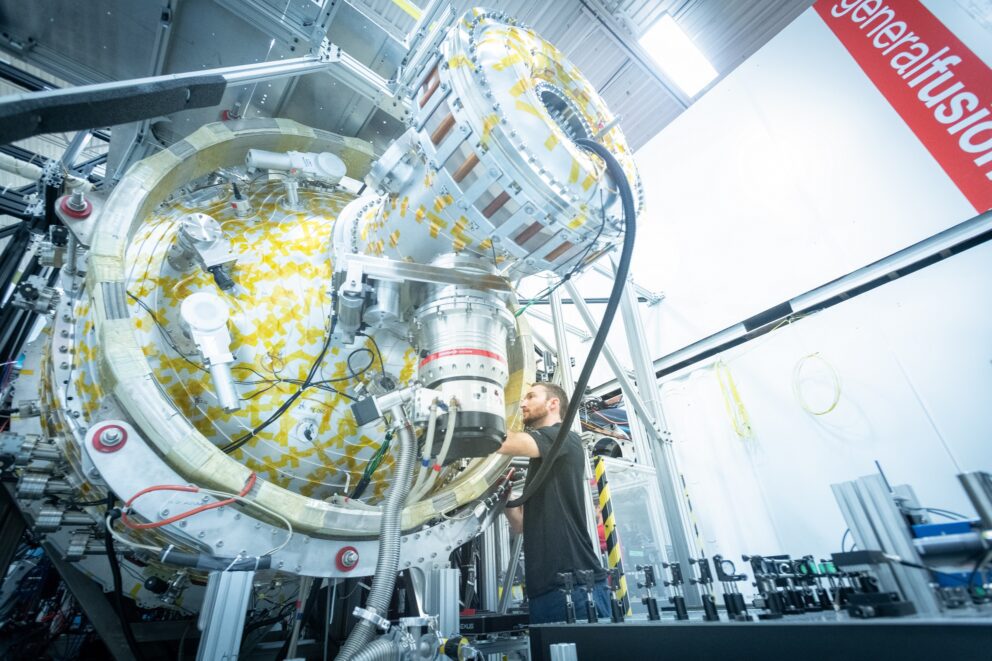







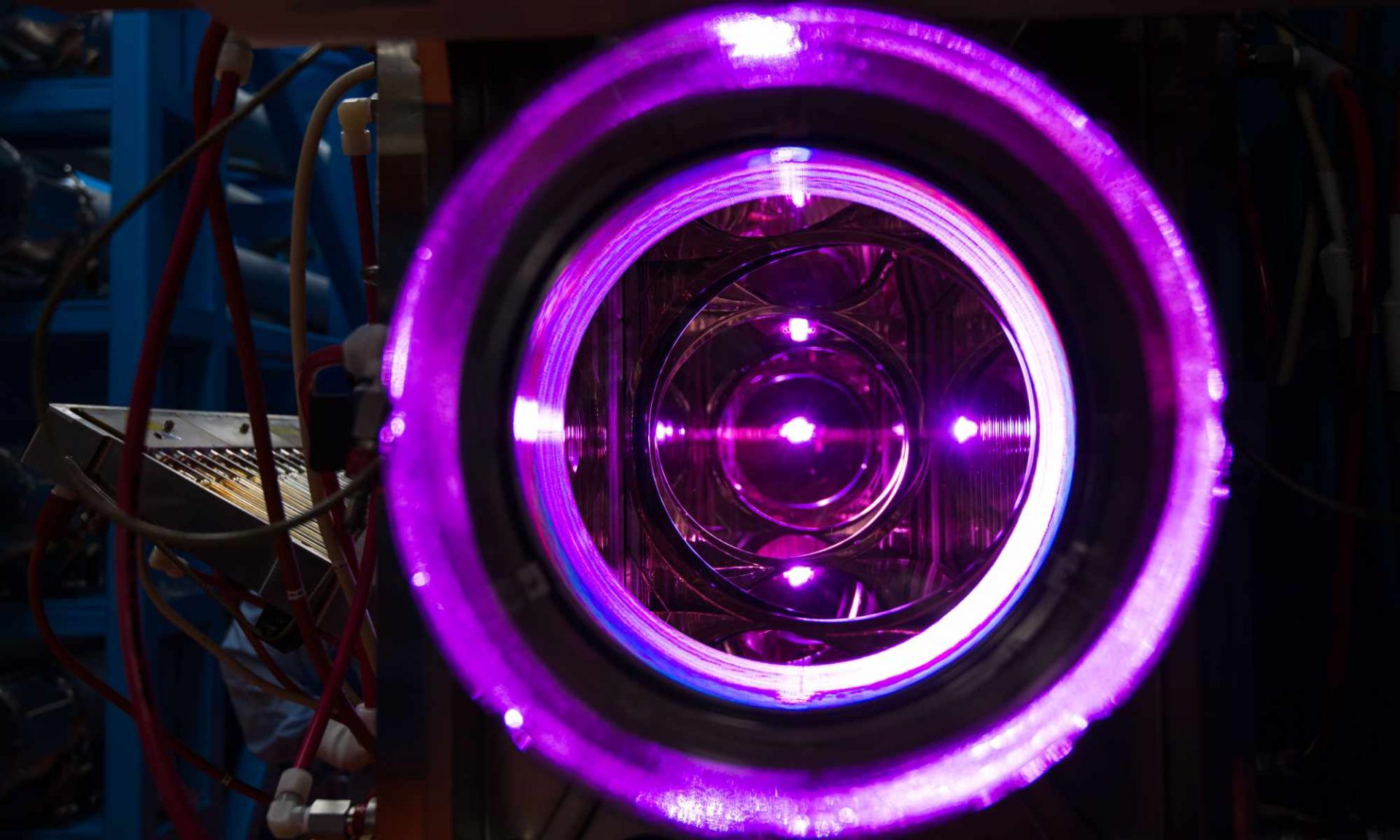.jpg)
